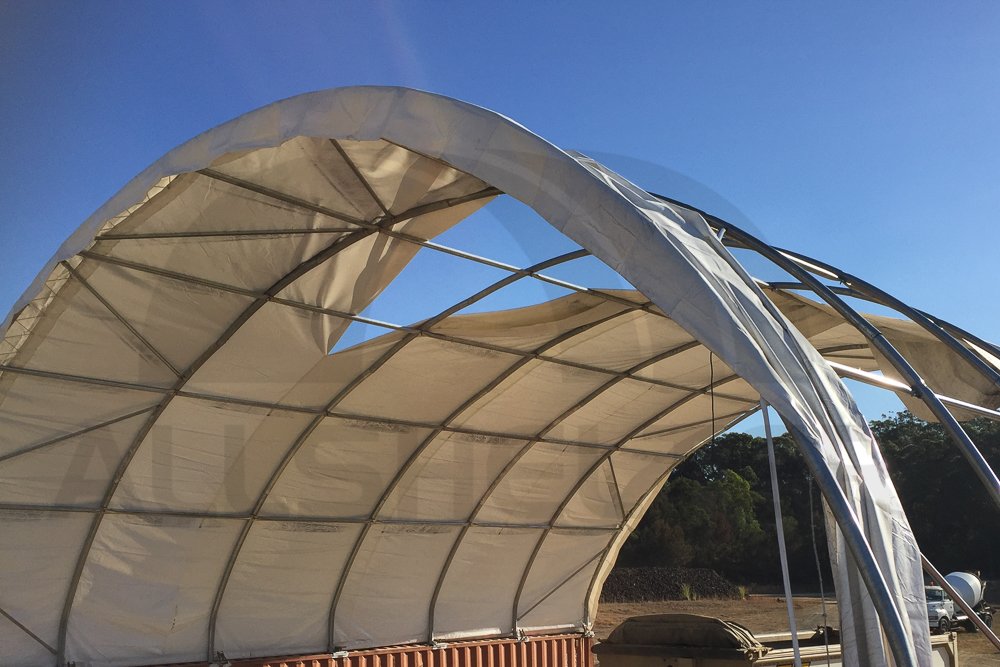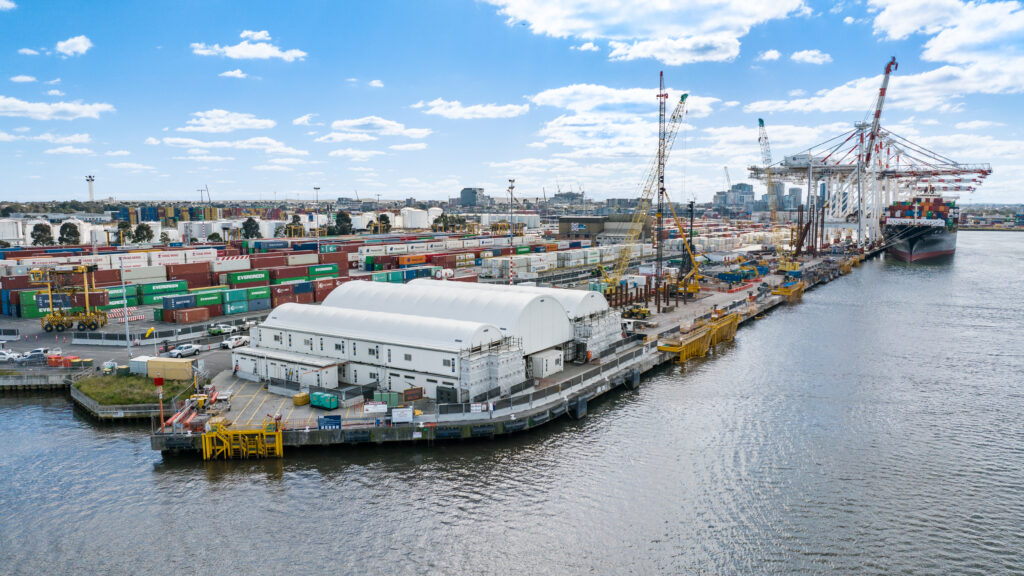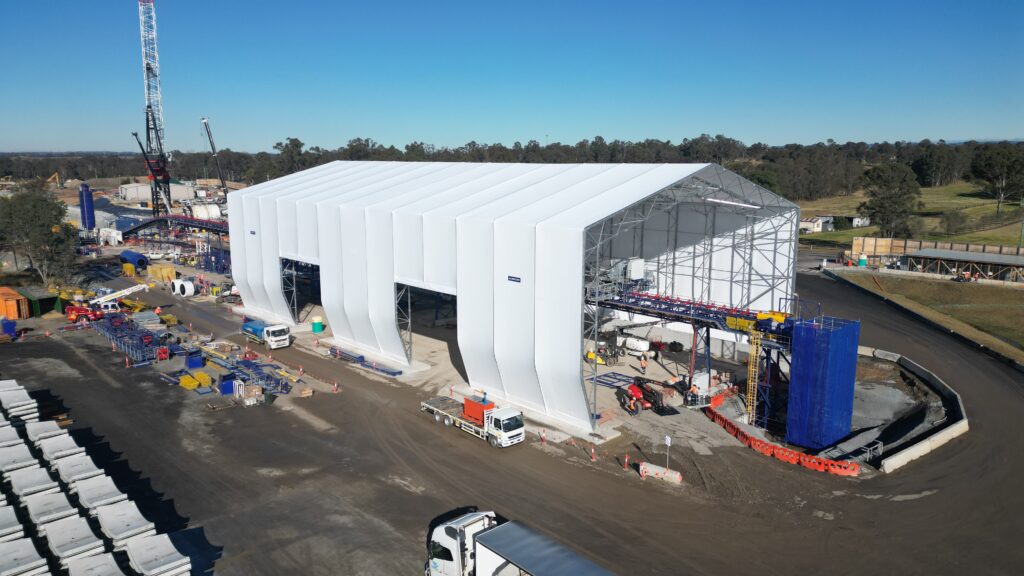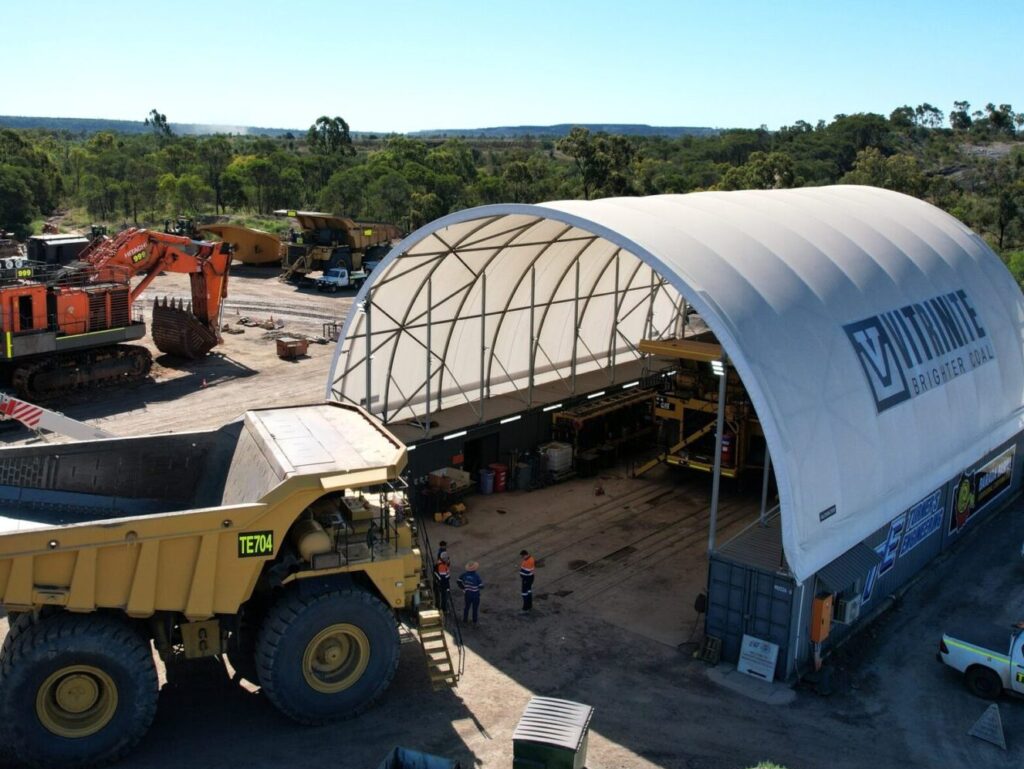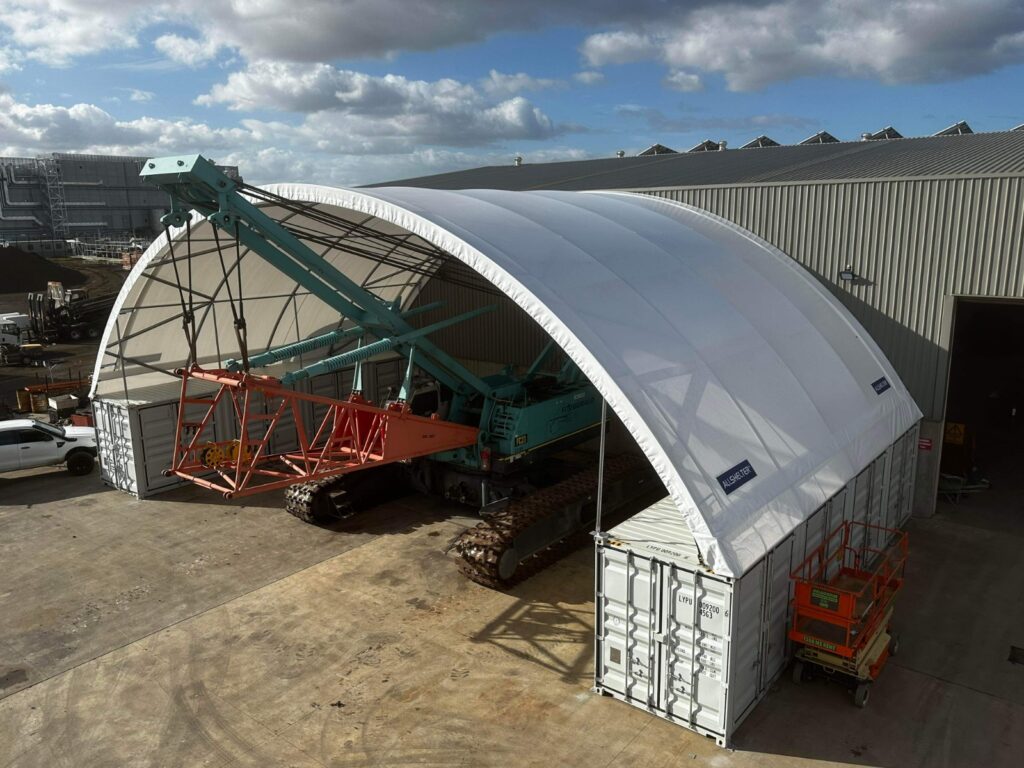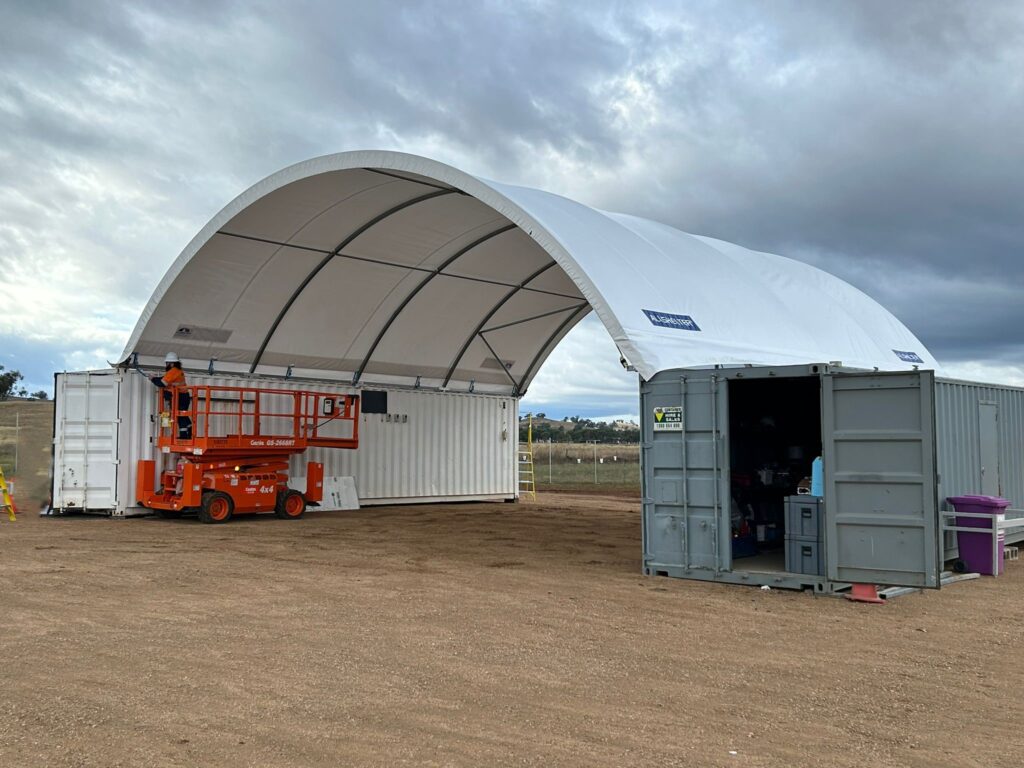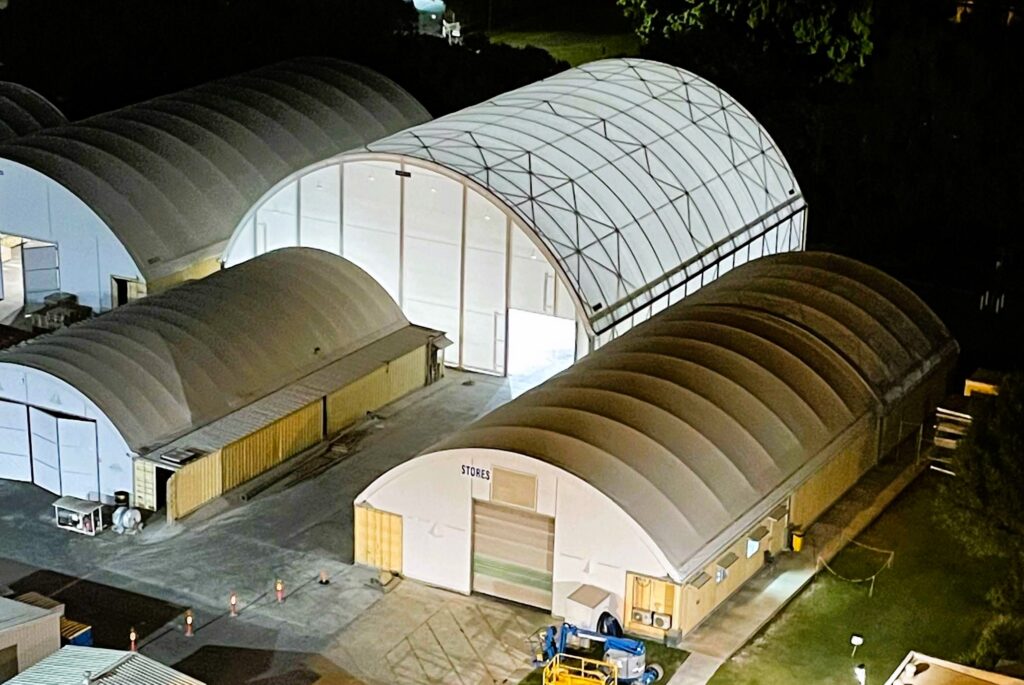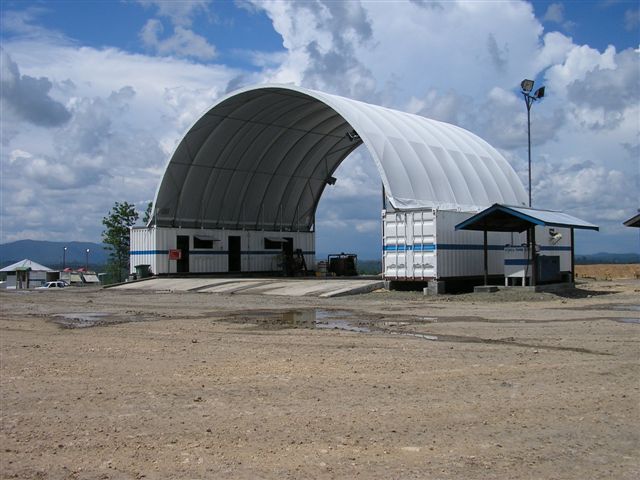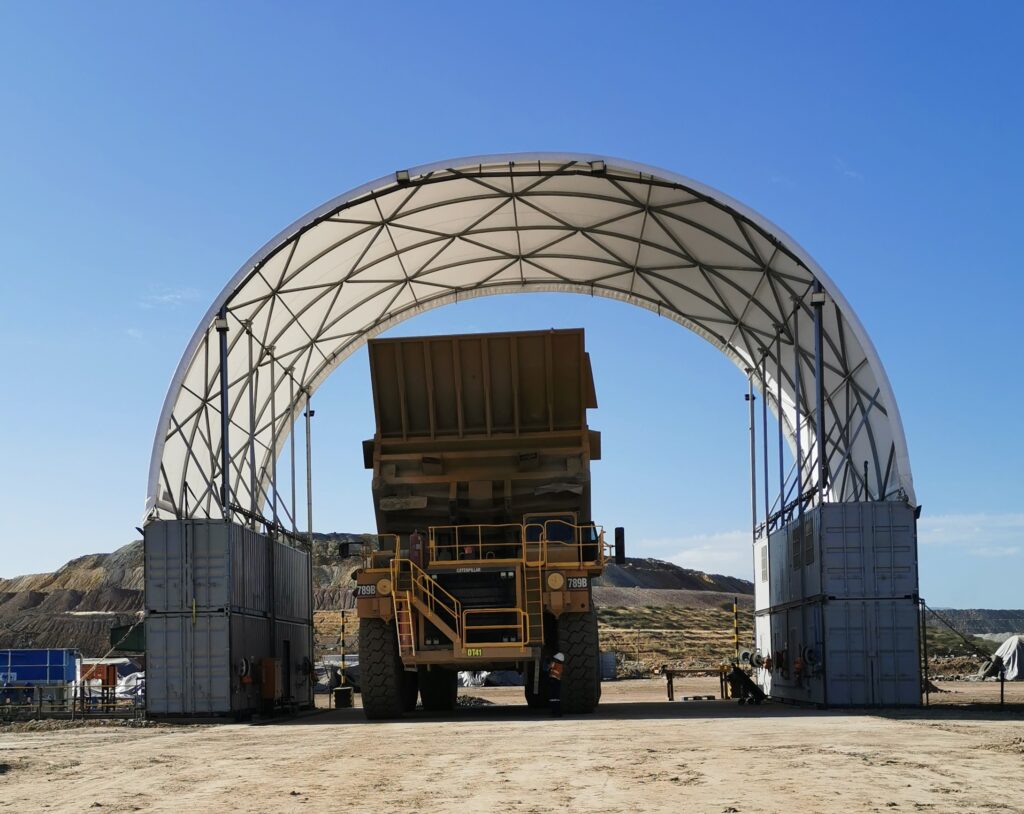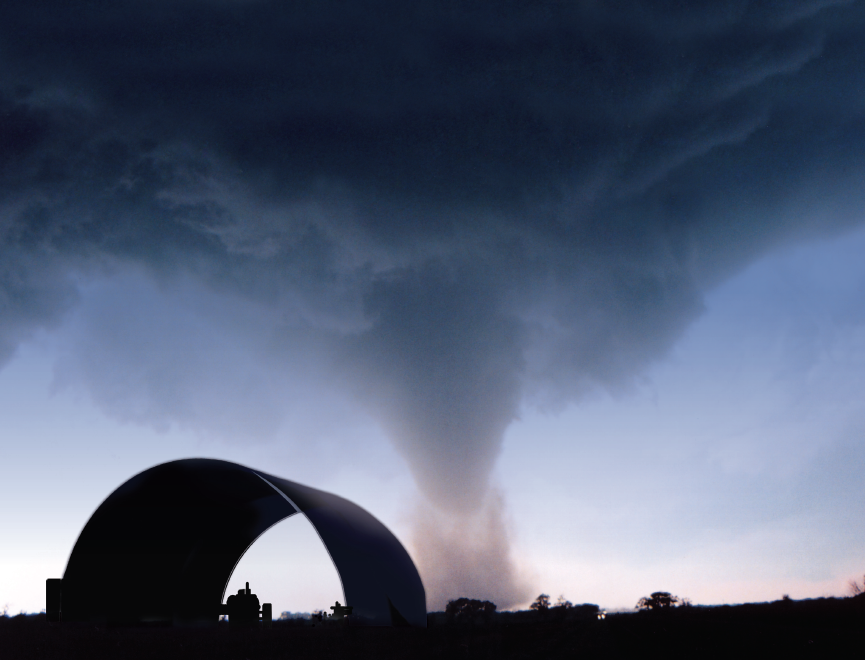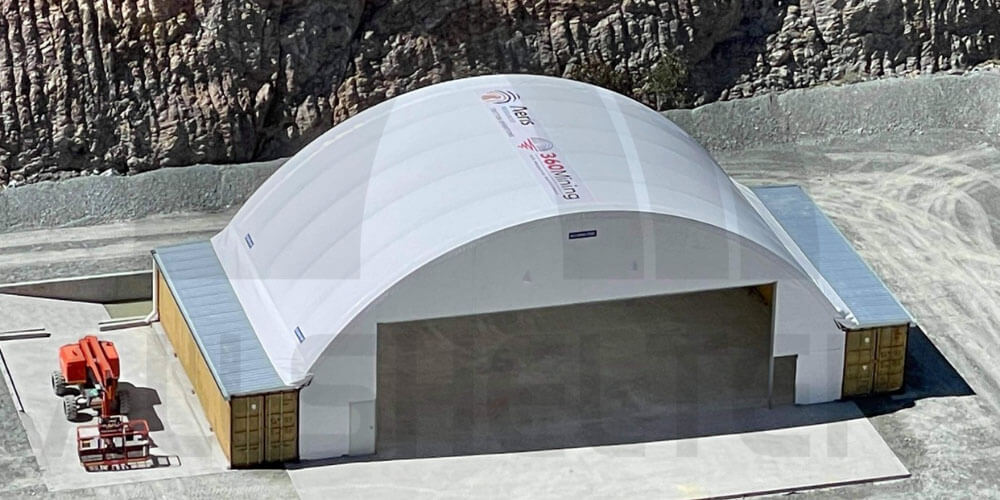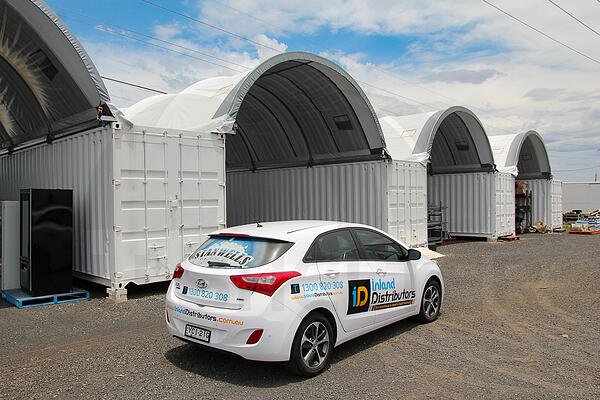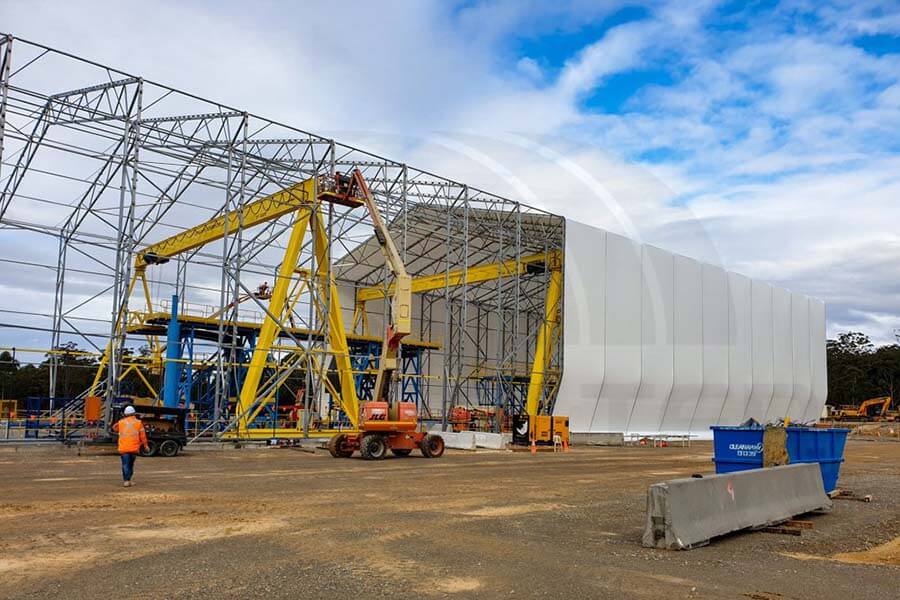What is Engineering?
Before we talk about fabric shelter engineering and why it’s important, let’s have a recap of what engineering is. Engineering is “the application of science to practical uses such as the design of structures, machines and systems” (refer to the scientific definition for engineering on dictionary.com).
In other words, engineering is used to build things, solve problems and achieve practical goals.
When it comes to structures, one of the reasons for engineering is safety. An engineered product is a safe product. Would you live in a house that wasn’t engineered? Probably not!
So, before we go further, it’s important to consider if fabric shelter engineering is important to you. Are you concerned about:
- Quality – whether your shelter will withstand a storm or wind event
- Compliance – are you concerned about your structure complying with specific structural standards?
- Safety – is the safety of people and what you’re covering important to you?
No matter what industry you’re in, these three things are all crucial. They ensure peace of mind and control of your project or work site.
The Risks of Non-Engineered Shelters
As Fabric Shelters have evolved over time and are now offered as an alternative over steel sheds; the use of non-engineered shelters has increased. These imported, non-engineered shelters work well for temporary cover in low wind areas.
But, as you’d probably know, Australian industry (especially Mining) is challenged by the world’s most extreme weather – hot and dry weather conditions, severe winds or cyclones and the like – as these sites are located in areas such as remote Northern Queensland & Northern Territory. The big question is whether these non-engineered shelters will withstand weather conditions in these areas.
There is a risk when it comes to considering using non-engineered shelters, especially when they’re installed in a high wind region area. If a storm or high wind event came through and damaged your non-engineered shelter, what would the impact be?
You’d need to consider:
- Potential damage (and the cost of damage) of what the shelter is protecting
- Potential damage to surrounding area (other buildings, vehicles etc.)
- Cost of replacing the shelter
Here are some images of non-engineered shelters that have been damaged by a storm or wind event:
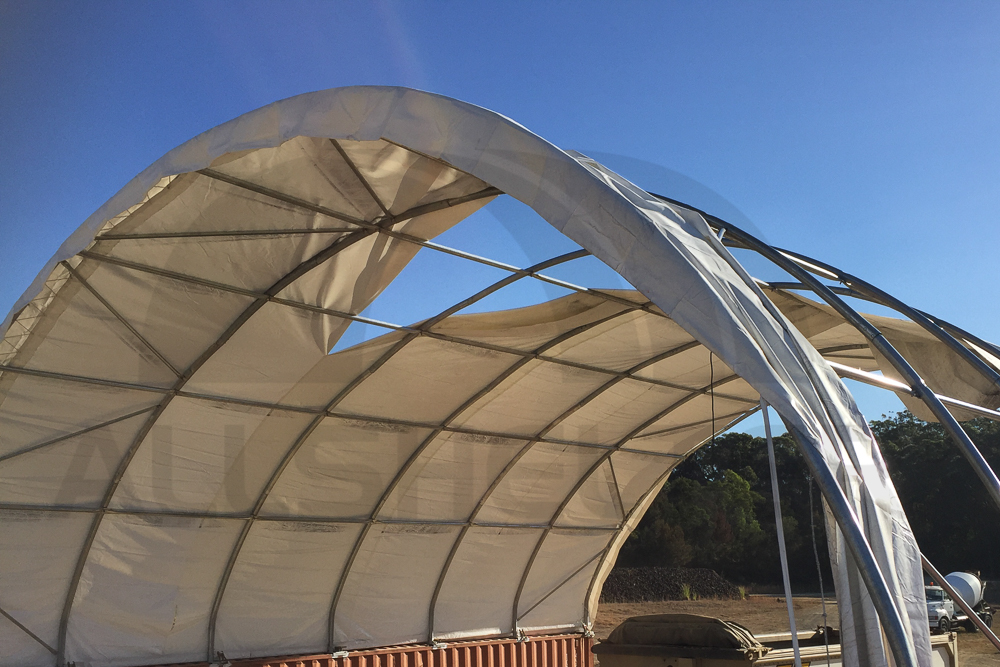 Fabric cover damage – note how the cover attaches to the frame.
Fabric cover damage – note how the cover attaches to the frame.

Frame & cover damage.

Frame damage – note how there’s no foundations, and the shelter has been ripped out of the ground!
Complying to Australian Standards
There’s a particular Australian/New Zealand standard which applies to Fabric Structures – this standard relates to ‘Structural Design Actions’ and is also known as AS/NZS1170.2.
This standard relates particularly to the structural design of buildings and structures which are subjected to wind actions – except ‘tornadoes’. This standard covers:
- Structures which are less than or equal to 200m high
- Structures with maximum supported roof spans of less than 100m
- Structures other than offshore structures, bridges and transmission towers
There are 3 main criteria from this standard that need to be considered in relation to engineering of structures:
- Wind Region
The Wind Regions are A, B, C & D. The region is determined by the site location and the distance from the coast. Refer to our article on the Importance of Shelter Wind Ratings, which includes the Wind Region Map.
- Terrain Category
This is a description of the terrain surrounding the site. The more open the terrain, the less protection there is and the higher the rating needs to be.
- Importance Level
The Importance Area is a description of the use of the structure and how frequently it is occupied for humans.
Whilst this standard is not mandatory, these standards are often referred to in government legislation and if this happens, the standards can become mandatory.
Other Considerations
When purchasing a fabric shelter, here is some advice so you can determine if you are being supplied an engineered shelter:
- If in doubt, ask. Ask if you can be supplied with a site specific engineering certificate for your shelter.
- Also ask for a copy or example of an engineering certificate and plans to be certain about its authenticity.
- Warranty – a company providing an engineered shelter will be able to provide you with a warranty, usually more than 5 years. Allshelter provides a 10-year warranty. Be sure to check what warranty you’ll get with your fabric shelter.
- Check the Warranty Terms & Conditions – make sure you ask for a copy of the Warranty Terms & Conditions so you can read the fine print.
Shelters engineered to Australian Standards are typically manufactured using certified procedures and high-quality materials. These materials will include high-quality steel, fully engineered & UV resistant fabric. You may find a non-engineered shelter uses much poorer fabric (less, or no UV resistance). This may result in the shelter fabric deteriorating over time.
So, do you think engineering a fabric shelter structure is important? We do.
